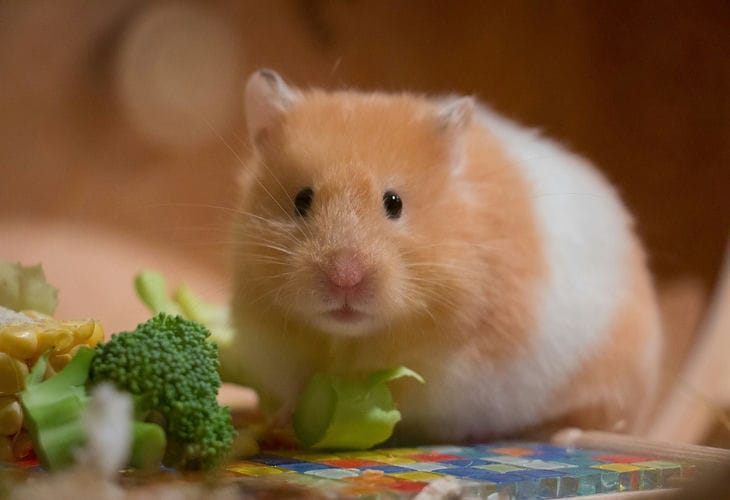Hamsters - killers or cute little lumps: the frightening truth about rodents that pet stores hide
You've seen those fluffy little creatures in the pet store - cute, defenseless, touchingly wiggling their noses.
But what if behind the cute exterior lies a cruel predator?
Hamsters are not just "buns of joy", but creatures with wild nature in their DNA. Ignoring their instincts turns the life of owners into a nightmare: escapes, fights, even cannibalism. Why do pet stores keep quiet about this? Because the truth will scare away customers.
The first thing sellers hide is that hamsters are solitary. In the wild, Syrian hamsters guard a territory of up to 10 km², killing their relatives who dare to approach. Attempts to keep them in pairs end in tragedy.
The reason is stress from cramped conditions. Cages that are sold as "family" are barely suitable for one animal. The minimum size of housing for a Syrian is 50x30 cm, with tunnels and shelters. But even in ideal conditions, a hamster can suddenly become aggressive.

The second truth is that hamsters are not toys for children. Their fragile bones break when they fall from a height of 30 cm, and sharp sounds cause a heart attack.
Another danger is running in a wheel. The myth of the "happy hamster" has been debunked: rodents run up to 10 km a night not for pleasure, but because of stress. In the wild, they cover such distances in search of food, but in a cage, running becomes an obsessive habit. If the wheel is too small (less than 18 cm for a Syrian), the hamster develops a curvature of the spine.
The third secret is the deadly economy on bedding. Pet stores offer cheap sawdust, but it is a killer. Sharp splinters cut cheek pouches, causing abscesses. Pine sawdust emits toxic essential oils, and the dust from them clogs the lungs. In 2023, the United States banned the sale of pine litter for rodents after studies showed a link to cancer. A safe alternative is corn or cellulose litter with a layer of at least 15 cm. Hamsters dig holes up to a meter deep, and a thin layer of litter deprives them of their main instinct.
What should you do if you have already bought a hamster? First, forget about plastic cages. The animals gnaw through them overnight, and the sharp edges of the plastic can injure their mouths. Choose glass terrariums or aquariums with a mesh lid. Second, do not believe the myth about "vegetarians." Hamsters need animal protein: give them a boiled egg or chicken once a week, otherwise they will start hunting their own paws. Third, avoid "fun" attractions like running balls. Hamsters overheat in them without access to water, and poor ventilation leads to suffocation.
But the most shocking fact is the lifespan. Pet stores say: "Hamsters live 2-3 years." In fact, 60% die in the first year due to improper care. Diabetes, obesity, tumors - the price to pay for cheap food with excess sugar. In nature, hamsters eat cereals, seeds and insects, and not dried bananas and corn sticks from store mixes. Check the composition: if the first three ingredients are not proteins and fiber, the food is dangerous.
Hamsters are not to blame for their cruelty. It is people who have turned wild animals into "plush toys", ignoring their nature. But if you are ready to accept the truth - provide your pet with space, safety and respect its nocturnal lifestyle. Do not drag it out of the house during the day, do not arrange "show performances" for guests. And then, perhaps, one night you will hear a quiet knocking - this is your "killer" bringing you a seed in his teeth, delicately offering peace.
